-
 Bitcoin
Bitcoin $117600
0.25% -
 Ethereum
Ethereum $4424
0.10% -
 XRP
XRP $3.101
0.50% -
 Tether USDt
Tether USDt $1.001
-0.01% -
 BNB
BNB $836.2
1.26% -
 Solana
Solana $188.8
2.11% -
 USDC
USDC $1.000
0.01% -
 Dogecoin
Dogecoin $0.2301
0.57% -
 TRON
TRON $0.3485
-1.00% -
 Cardano
Cardano $0.9209
-1.34% -
 Hyperliquid
Hyperliquid $46.72
-1.19% -
 Chainlink
Chainlink $22.62
4.84% -
 Stellar
Stellar $0.4275
-0.38% -
 Sui
Sui $3.761
1.91% -
 Bitcoin Cash
Bitcoin Cash $586.7
-0.25% -
 Ethena USDe
Ethena USDe $1.001
0.01% -
 Hedera
Hedera $0.2510
2.06% -
 Avalanche
Avalanche $24.21
2.22% -
 Litecoin
Litecoin $119.7
1.07% -
 Toncoin
Toncoin $3.450
1.06% -
 UNUS SED LEO
UNUS SED LEO $9.411
-0.93% -
 Shiba Inu
Shiba Inu $0.00001298
1.20% -
 Uniswap
Uniswap $10.98
3.25% -
 Polkadot
Polkadot $3.961
2.16% -
 Dai
Dai $1.000
0.00% -
 Bitget Token
Bitget Token $4.642
0.95% -
 Cronos
Cronos $0.1514
0.57% -
 Ethena
Ethena $0.7290
3.78% -
 Monero
Monero $254.1
7.69% -
 Pepe
Pepe $0.00001102
2.47%
What is an example of a Bitcoin wallet address?
A Bitcoin wallet address, like a bank account number, is crucial for sending and receiving Bitcoin; it's a unique alphanumeric string linked to a private key controlling access to your funds.
Mar 20, 2025 at 04:05 pm

Understanding Bitcoin Wallet Addresses
Address - Private Key Link
Types of Bitcoin Wallet Addresses
Traditional (P2PKH) Addresses
Format: Usually start with 1, e.g., 1A1zP1eP5QGefi2DMPTfTL5SLmv7DivfNa, and are 26 - 35 characters long.
Function: The network verifies the public key (derived from the private key) associated with the address when a transaction is made.
Advantages & Disadvantages: Widely supported, but transaction fees can be higher as the data structure takes more space on the blockchain.
SegWit (P2SH - P2WPKH and Bech32) Addresses
P2SH - P2WPKH (Nested SegWit) Addresses
Format: Start with 3, e.g., 3J98t1WpEZ73CNmQviecrnyiWrnqRhWNLy, 26 - 35 characters long.
Function: Use an efficient way to structure transaction data, reducing fees. The network verifies the script hash in the address.
Advantages & Disadvantages: Lower fees and better security, but not as widely supported in older wallets.
Bech32 (Native SegWit) Addresses
Format: Begin with bc1, e.g., bc1qar0srrr7xfkvy5l643lydnw9re59gtzzwf5mdq, 42 characters long.
Function: Separate witness data for more efficient transaction processing, leading to faster and cheaper transactions.
Advantages & Disadvantages: Lowest fees and more error - resistant, but some wallets may not support them yet.
Obtaining a Bitcoin Wallet Address
Choosing a Wallet
Hardware Wallets: Physical devices like Ledger and Trezor store private keys offline. Set them up, connect to software (e.g., Ledger Live), and generate an address.
Mobile Wallets: Apps such as Coinbase Wallet or Blockchain Wallet. Download, set up, and find the “Receive” option to generate an address.
Desktop Wallets: Software like Electrum or Bitcoin Core. Install, set up, and create addresses in the wallet's management section. Bitcoin Core syncs the whole blockchain, while Electrum is lightweight.
Web Wallets: Accessed via a browser, e.g., Blockchain.com and Coinbase. Create an account, log in, and find the “Receive” option for an address. They are convenient but less secure.
Using a Bitcoin Wallet Address
Receiving Bitcoin
Sending Bitcoin
Security Considerations
Protecting Your Private Key
Avoiding Phishing Scams
Keeping Your Wallet Software Updated
Disclaimer:info@kdj.com
The information provided is not trading advice. kdj.com does not assume any responsibility for any investments made based on the information provided in this article. Cryptocurrencies are highly volatile and it is highly recommended that you invest with caution after thorough research!
If you believe that the content used on this website infringes your copyright, please contact us immediately (info@kdj.com) and we will delete it promptly.
- Kazakhstan's Crypto Leap: Bitcoin ETF and Central Asia's Digital Finance Future
- 2025-08-13 12:45:19
- BlockDAG Presale Blazes Past $371M: Fundraising Frenzy Fuels Crypto Sensation
- 2025-08-13 13:05:21
- Meme Coins: Chasing the 2025 Surge – Which Will Moonshot?
- 2025-08-13 10:25:23
- Bitcoin's Wild Ride: Rally, Pullback, and What's Next
- 2025-08-13 10:25:23
- Bitcoin, Bitmax, and Institutional Demand: A New Era of Crypto Investment
- 2025-08-13 10:45:12
- Solana, ROAM, and Airdrops: What's the Buzz in 2025?
- 2025-08-13 11:35:13
Related knowledge
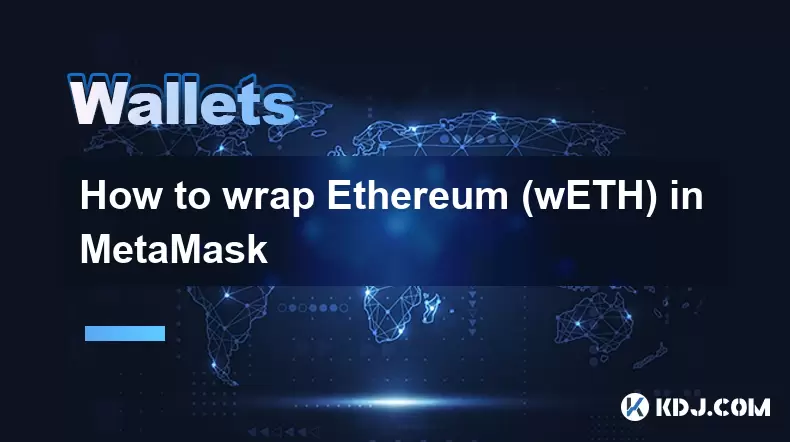
How to wrap Ethereum (wETH) in MetaMask
Aug 13,2025 at 11:36am
Understanding Wrapped Ethereum (wETH)Wrapped Ethereum (wETH) is a tokenized version of native Ethereum (ETH) that conforms to the ERC-20 standard, ena...
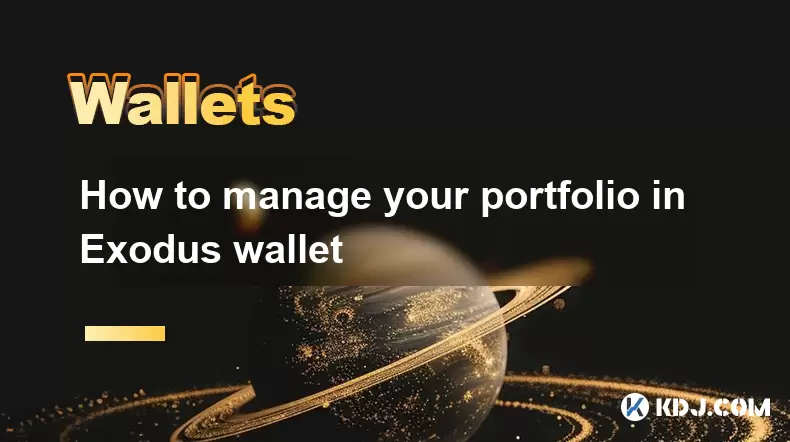
How to manage your portfolio in Exodus wallet
Aug 08,2025 at 10:07pm
Understanding the Exodus Wallet InterfaceThe Exodus wallet is a non-custodial cryptocurrency wallet that supports a wide range of digital assets. When...

How to manage your portfolio in Exodus wallet
Aug 13,2025 at 11:35am
Understanding the Exodus Wallet InterfaceThe Exodus wallet is a non-custodial cryptocurrency wallet that supports a wide range of digital assets. Upon...
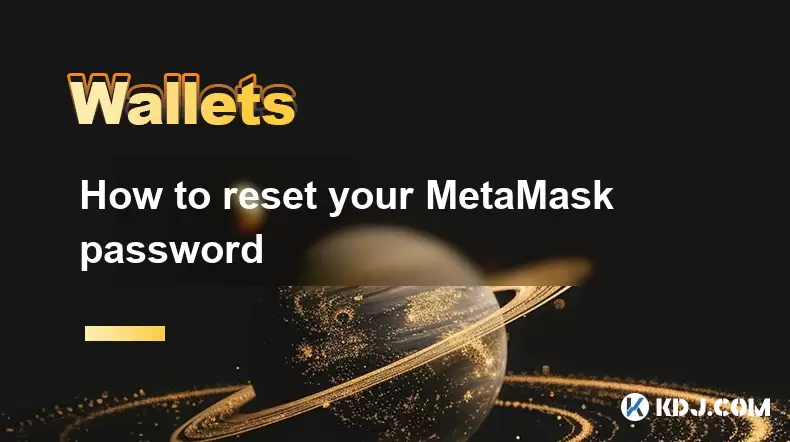
How to reset your MetaMask password
Aug 08,2025 at 01:28pm
Understanding the MetaMask Password Reset ProcessMany users confuse the MetaMask password with the seed phrase or private key, but they serve differen...
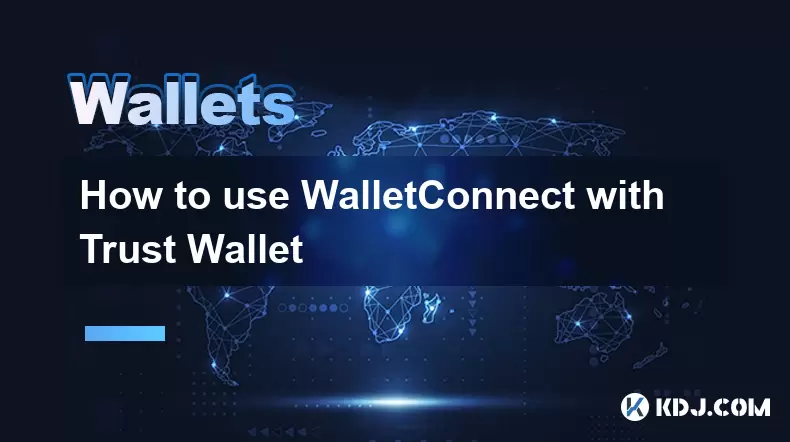
How to use WalletConnect with Trust Wallet
Aug 13,2025 at 01:07am
What Is WalletConnect and Why It Matters for Trust Wallet UsersWalletConnect is an open-source protocol that enables secure communication between dece...
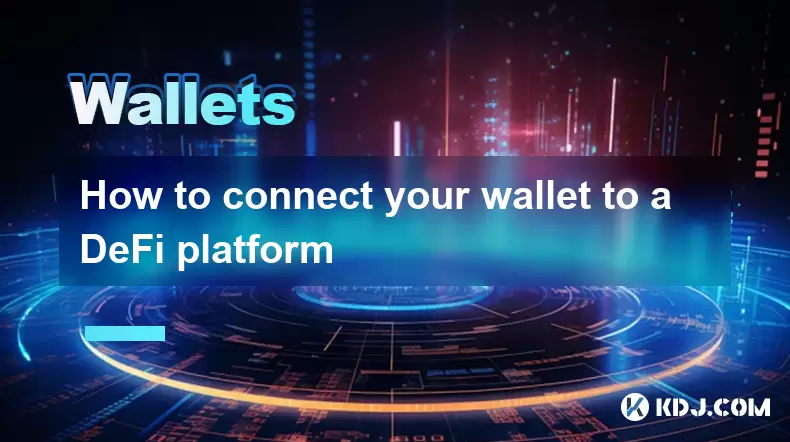
How to connect your wallet to a DeFi platform
Aug 13,2025 at 11:36am
Understanding Wallet Compatibility with DeFi PlatformsBefore connecting your wallet to any DeFi platform, it's essential to ensure your wallet is comp...

How to wrap Ethereum (wETH) in MetaMask
Aug 13,2025 at 11:36am
Understanding Wrapped Ethereum (wETH)Wrapped Ethereum (wETH) is a tokenized version of native Ethereum (ETH) that conforms to the ERC-20 standard, ena...

How to manage your portfolio in Exodus wallet
Aug 08,2025 at 10:07pm
Understanding the Exodus Wallet InterfaceThe Exodus wallet is a non-custodial cryptocurrency wallet that supports a wide range of digital assets. When...

How to manage your portfolio in Exodus wallet
Aug 13,2025 at 11:35am
Understanding the Exodus Wallet InterfaceThe Exodus wallet is a non-custodial cryptocurrency wallet that supports a wide range of digital assets. Upon...

How to reset your MetaMask password
Aug 08,2025 at 01:28pm
Understanding the MetaMask Password Reset ProcessMany users confuse the MetaMask password with the seed phrase or private key, but they serve differen...

How to use WalletConnect with Trust Wallet
Aug 13,2025 at 01:07am
What Is WalletConnect and Why It Matters for Trust Wallet UsersWalletConnect is an open-source protocol that enables secure communication between dece...

How to connect your wallet to a DeFi platform
Aug 13,2025 at 11:36am
Understanding Wallet Compatibility with DeFi PlatformsBefore connecting your wallet to any DeFi platform, it's essential to ensure your wallet is comp...
See all articles

























































































